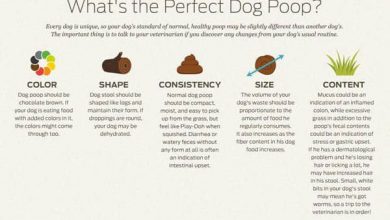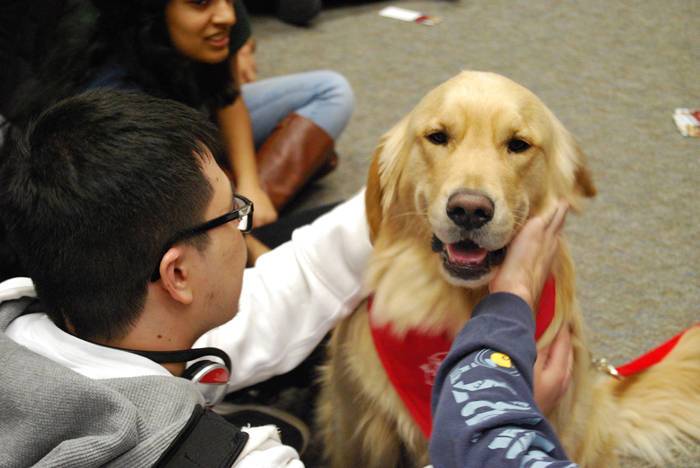Unraveling the Mystery: Why Does My Dog Nibble My Nose?

1. Introduction
Nose nibbling is a behavior that many pet owners experience with their dogs, but it can be confusing and concerning for the humans involved. This article will explore why dogs might nibble on people’s noses, if this behavior is a problem, and how to stop your dog from doing it.
2. What is Nose Nibbling?
Nose nibbling is when a dog uses its mouth to gently bite or lick a person’s nose. It’s usually done in a playful way and isn’t meant to hurt the person. Some dogs may also use their paws to “pet” or scratch the person’s nose as part of the behavior.
3. Reasons Why Dogs Nibble on People’s Noses
There are several reasons why dogs may engage in this behavior, including:
• Affection – Dogs often use their mouths as a way to show affection towards people they love, so they may nibble on your nose as a sign of love and attention.
• Playfulness – Dogs can also be very playful creatures, and some may use nose nibbling as part of their playtime activities with humans or other animals.
• Curiosity – Dogs are naturally curious creatures and may be drawn to the scent or taste of human skin, which could lead them to investigate further by nibbling on noses.
4. Is Nose Nibbling a Problem?
Nose nibbling itself isn’t necessarily a problem, but it can become one if it’s done too hard or too often. If your dog seems overly aggressive or persistent with its nose nibbling, then you should take steps to correct the behavior before it becomes an issue. Additionally, you should always make sure that your dog has all its vaccinations up-to-date before allowing it to interact with people or other animals, as this can help reduce the risk of disease transmission through nose-nibbling behaviors.
5. How to Stop Your Dog from Nibbling Your Nose
The best way to stop your dog from engaging in this behavior is by teaching them alternative behaviors that are more appropriate for interacting with people and other animals. This can include teaching them commands such as “sit” and “stay” so that they learn not to approach people without permission first; using positive reinforcement techniques such as treats or praise when they display desired behaviors; and providing plenty of toys for them to play with instead of using their mouths on people’s noses when they get bored or excited. Additionally, you should avoid encouraging this behavior by giving your dog attention when they do it; instead, redirect their focus onto something else that is more acceptable for them to do around people (e.g., playing fetch).
6 When to Seek Professional Help for Your Dog’s Behavior
If you find that none of these strategies are working and your dog continues to engage in nose-nibbling behaviors despite your attempts at correcting them, then you should consider seeking professional help from an animal behaviorist or certified trainer who can provide more detailed advice tailored specifically towards addressing this issue in particular cases like yours.
7 Conclusion
Nose-nibbling is a common behavior among dogs but can be confusing and concerning for pet owners who don’t understand why their pup does it or how best to address it if necessary. Fortunately there are some strategies that owners can use in order to discourage this type of behavior while still giving their pup plenty of love and attention – such as teaching alternative behaviors through positive reinforcement techniques – so that both parties remain happy and healthy!
8 Sources & References
American Kennel Club (AKC). (2020). “Understanding Dog Behavior & Body Language”. Retrieved from https://www.akc.org/expert-advice/training/understanding-dog-behavior/.
Animal Humane Society (AHS). (2020). “Training Tips: Positive Reinforcement”. Retrieved from https://www.animalhumanesociety.org/training/positive-reinforcement#:~:text=Positive%20reinforcement%20is%20a%20training%20technique%20that%20involves%20giving,.&text=It’s%20important%20to%20note%20that%20positive%20reinforcement,.



